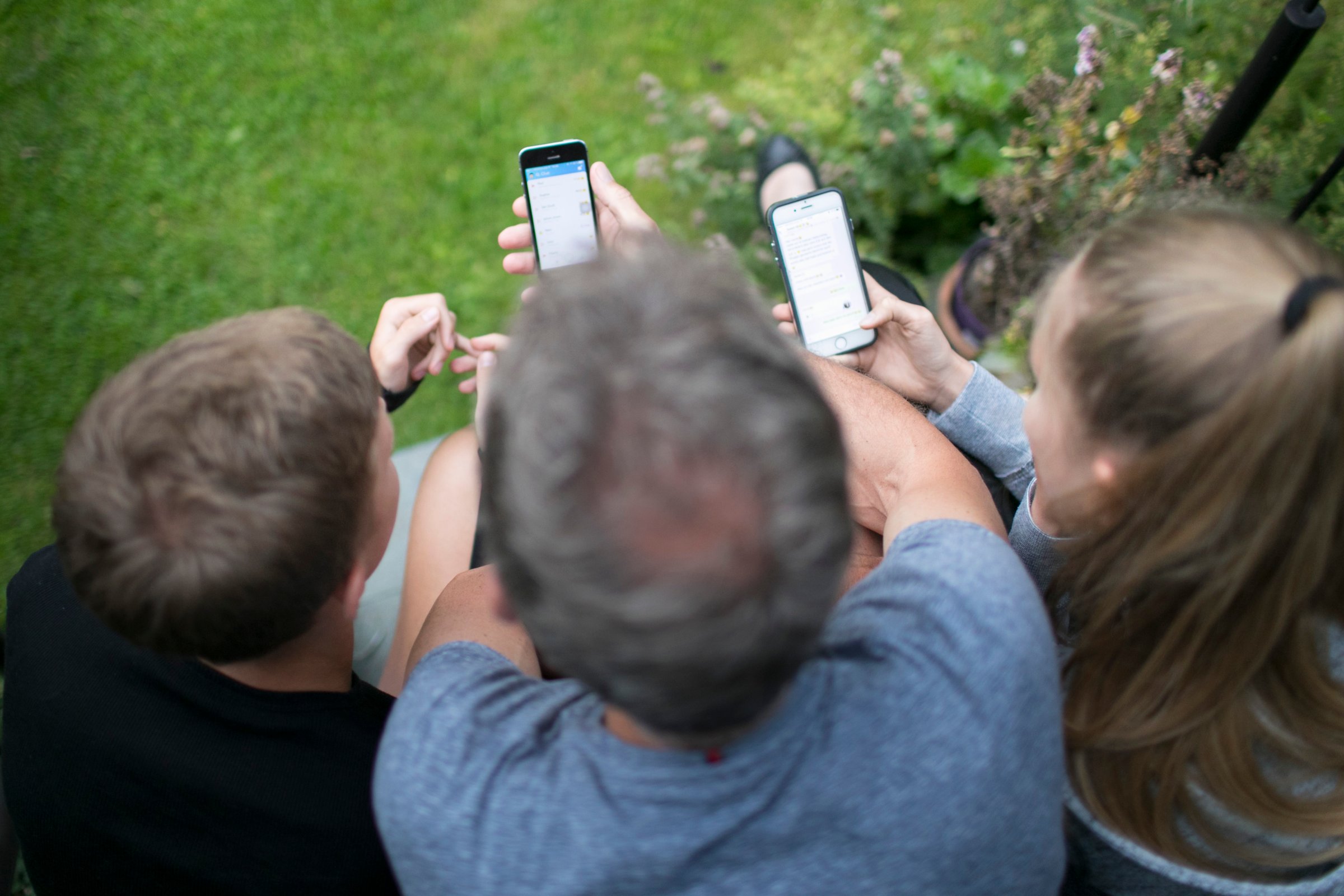
On May 9, the American Psychological Association (APA) released its first-ever guidelines for teen social-media use: a collection of 10 recommendations for kids, parents, platform creators, and lawmakers to heed for kids’ health online and offline. These include confining social-media use to about an hour before bedtime so as not to interfere with sleep and physical activity, tweaking social-media use and features to match kids’ ages and developmental capabilities, and minimizing exposure to online hate and risky behaviors like self-harm. (Read them all here.)
Basic as they may seem, the guidelines offer solutions to a problem often characterized as unsolvable, says Don Grant, national advisor of healthy device management at Newport Healthcare and a former president of the APA’s Society for Media Psychology & Technology division. But “don’t lose sight of the fact that social media is a connector,” says Grant. With a few guardrails in place, social media doesn’t necessarily have to be destructive and addictive for young people.
Balancing a long list of guidelines while maintaining a child’s privacy may seem daunting for parents trying to do right by their teens, but there are a few easy strategies that can help families foster the types of online habits that will satisfy multiple guidelines at once.
Here’s how parents can help children create healthy social media habits.
Don’t make your kid go it alone
Be prepared to walk the walk. “You have to model the behavior that you would want to see in your kids,” says Grant. He recommends starting by talking about the values your whole family shares and how they can be best reflected online.
Another great way to get your teen to evaluate their relationship with social-media—and set new boundaries, if needed—is to get other parents and families on board, says Grant. It’s much harder for teens to commit to healthy behaviors and habits if they feel left out. “I tell parents, ’Don’t try to do this alone,’ Because your kid’s gonna say, ‘Why can’t I? Why are these rules [just] for me?’”
Support systems can be small—a duo of best friends, for instance—or as large as a whole school. “If I were running a school, I would have this be included as part of their teaching about digital literacy,” Grant says of the new guidelines.
Educate kids early
One of APA’s new guidelines is to teach children what types of threats they’re likely to encounter online—like misinformation, bullying, and hate speech—before they first log on. Parents are encouraged to use their own judgment to determine an age-appropriate time for these conversations, as well as when to let their children use social media. The first generation of digital natives, who went online as kids around a decade ago, didn’t get any training or warning, says Grant, but parents today can warn their kids about specific online risks. A good social-media primer should include topics such as data privacy, the permanence of online posts, how to recognize misinformation, and how important it is not to compare yourself to others’ online personas.
Look for patterns
The guidelines recommend that parents monitor their kids’ social-media use in early adolescence, around ages 10-14. But kids also need privacy and autonomy, particularly as they get older.
Instead of spying on your kids online, you can get a better idea of how they’re doing just by paying close attention to how they’re acting. “If you look at your child’s nonverbal cues while they’re on social media, you can tell how it’s impacting them,” he says. If there’s a lot of frowning, if their fingers are suddenly moving much more quickly, or if you see any other signs that your kid is stressed or upset while they’re scrolling—like a worse mood after a social-media session—don’t brush it off. It might be time to ask them about how a specific platform, page, or experience is making them feel, Grant says. “Parents need to be the guardrails.”
Don’t paint social media as all bad
“Social media provides teens with abundant opportunities to self-express,” says Grant. This can be especially true for members of marginalized groups who may feel like they lack opportunities to build connections and networks in their local communities. Support the positive experiences your kids have on social media while helping them maintain healthy habits.
Part of this, says Grant, may still mean making sure that kids aren’t spending an unhealthy amount of time online, and that they understand what they’re hoping to get out of every session or interaction. One exercise he recommends for kids and adults alike is to ask yourselves every time you post, “What is your goal? What do you need people to know?” Understanding the instincts and desires that drive you to post can help you spot patterns of unhealthy engagement.
More Must-Reads from TIME
- Cybersecurity Experts Are Sounding the Alarm on DOGE
- Meet the 2025 Women of the Year
- The Harsh Truth About Disability Inclusion
- Why Do More Young Adults Have Cancer?
- Colman Domingo Leads With Radical Love
- How to Get Better at Doing Things Alone
- Michelle Zauner Stares Down the Darkness
Contact us at letters@time.com